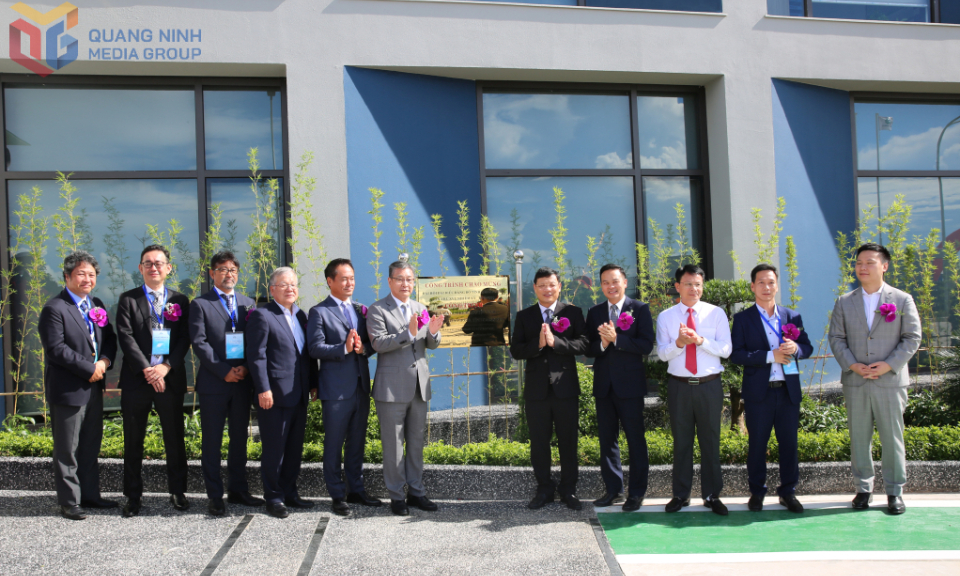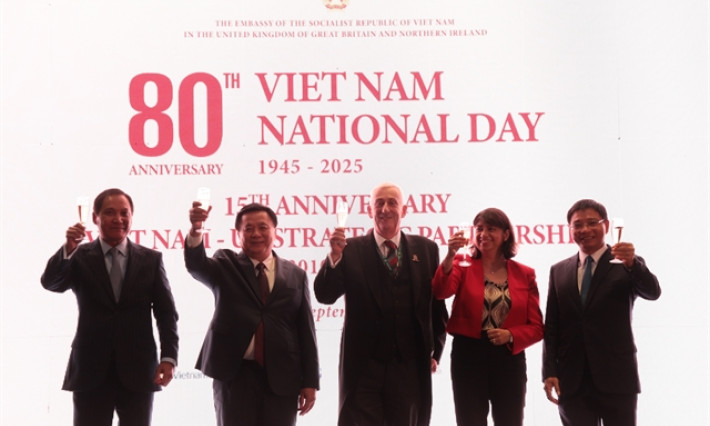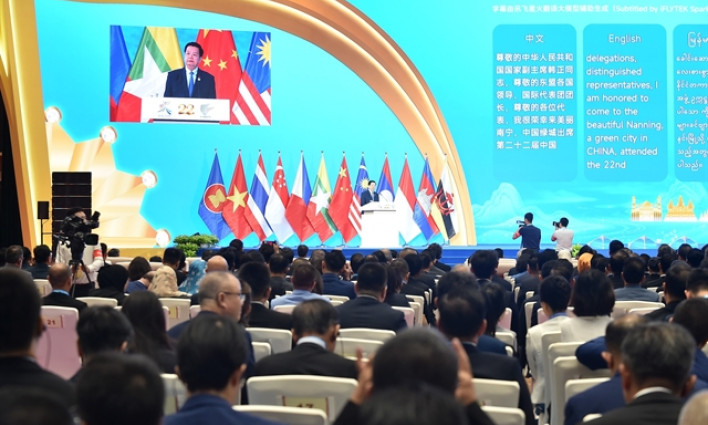Building Viet Nam-China community with shared future
The recent State visit to China by Party General Secretary and President To Lam is successful in every aspect, playing an important role in building the Viet Nam-China community with a shared future that carries strategic significance, said Minister of Foreign Affairs Bui Thanh Son.
The Foreign Minister made the remark right after the conclusion of the State visit.
Bui said that following the Joint Statement and the high-level common perceptions reached during this visit, Viet Nam and China will focus on the following key areas:
Firstly, the top leaders of the two parties will continue to hold strategic exchanges, thus strengthening political trust and setting orientations for the building of the Viet Nam-China community with a shared future.
The two sides will fully optimize the role of the Party channel, cooperative mechanisms between committees of the National Assembly of Viet Nam and the National People’s Congress of the People’s Republic of China, as well as the Viet Nam Fatherland Front and the Chinese People's Political Consultative Conference, and exchange mechanisms in defense, security and diplomacy.
Leaders of the two countries agreed to spur the role of the Viet Nam-China Steering Committee for Bilateral Cooperation and to strengthen cooperation in defense and security.
Secondly, based on the “Six major orientations”, the two sides will continue to concretize high-level perceptions and signed agreements and strive for new progress in result-oriented cooperation.
They will continue to facilitate the export of Vietnamese agricultural and seafood products to the Chinese market, and promote connectivity of development strategies between the two countries.
The two sides will also boost the cooperation plan connecting the “Two Corridors, One Belt” framework with the “Belt and Road Initiative”, accelerate “hard connectivity” through high-speed railways, highways, and border gate infrastructure, and upgrade “soft connectivity” in smart customs and smart border management.
Both sides will encourage and support enterprises with strong capabilities, reputation, and advanced technology to invest in each other’s markets, particularly in agriculture and infrastructure, and expand cooperation in new areas such as digital economy, circular economy, green development, clean energy, and renewable energy.
Thirdly, the two sides agreed to designate 2025 as the "Viet Nam-China Humanity Exchange Year".
Accordingly, the two sides will jointly organize a series of activities to celebrate the 75th anniversary of the establishment of Viet Nam-China diplomatic relations; enhance cultural exchanges, cooperation in communications, news, publishing and broadcasting; strengthen cooperation in the fields of medicine, healthcare, traditional medicine, natural disasters prevention, control and mitigation; expand and improve the effectiveness of locality-to-locality cooperation and people-to-people exchanges, especially among young generations; promote tourism cooperation, open more flight routes, and encourage more and more tourists to travel to the other country.
Fourthly, the two sides will strengthen multilateral coordination and cooperation; enhance coordination in mechanisms such as the United Nations, the Asia-Pacific Economic Cooperation Forum (APEC), and support each other's candidacy for international organizations.
China supports Viet Nam to host APEC 2027 and Viet Nam's accession to and promote its role in multilateral mechanisms; China supports ASEAN in building a united, unified, self-reliant and developing ASEAN Community and in maintaining its central role in the regional structure.
Fifthly, the two sides agreed to continue to effectively implement high-level common perceptions, better control and actively resolve disagreements at sea; reaffirmed the importance of maintaining and promoting peace, stability, freedom of navigation and aviation in the East Sea; agreed to handle disputes by peaceful means on the basis of international law and the 1982 United Nations Convention on the Law of the Sea (UNCLOS).
The two sides also agreed to implement legal documents on land border and related agreements, strengthen cooperation in the Viet Nam-China land border area, and hold celebrations of the 25th anniversary of the Viet Nam-China Land Border Treaty and the 15 years since the signing of three legal documents on the land border between the two countries.
Within the framework of the visit, the two sides issued the joint statement on further strengthening the comprehensive strategic cooperative partnership and deepening the building of the Viet Nam-China community with a shared future.
On the occasion, the two sides inked a series of cooperation agreements in such areas as inspection and quarantine, customs, healthcare, media, locality-to-locality cooperation, and social welfare.
They were unanimous in strengthening the comprehensive strategic cooperative partnership in accordance with the “six major orientations,” with a focus on translating their common perceptions and agreements into reality.






